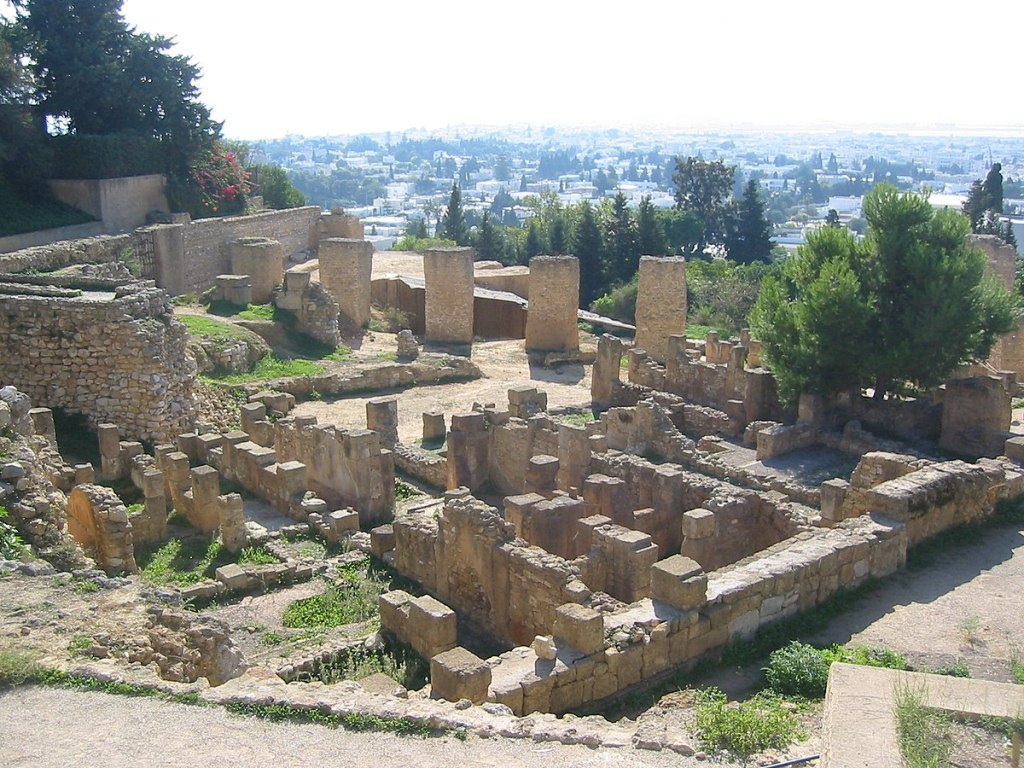The History of the Carthaginians
We invite you on an immersive journey to explore the captivating story of the Carthaginians. We’ll delve into their rise as a dominant maritime force, navigating trade routes and establishing a vast network of colonies.

Unravel the rich tapestry of their culture, a vibrant blend of Phoenician and North African influences that shaped their society, religion, and art. Explore the legacy of the Punic Wars, the epic clashes with the Roman Republic that forever altered the course of Mediterranean history.
Finally, through the lens of archaeology and historical accounts, we’ll uncover the secrets of this lost civilization, from their impressive engineering feats to the captivating details of their daily lives. Prepare to set sail on a voyage of discovery as we unveil the captivating story of the Carthaginians!
Overview
Carthage, a name synonymous with maritime prowess and a powerful rival to Rome, boasts a rich and complex history. Nestled on the North African coast in modern-day Tunisia, Carthage began as a Phoenician colony around the 9th c. BC. Legend attributes its founding to Queen Dido, a figure shrouded in myth, but archaeological evidence confirms a Phoenician origin.

Click here for the Timeline of the Carthaginians
Driven by a thirst for trade, the Carthaginians quickly established themselves as masters of the Mediterranean. Their strategic location and skilled seafaring allowed them to dominate trade routes, establishing a vast network of colonies across the western Mediterranean. From Sardinia and Corsica to Sicily and even the Iberian Peninsula (modern-day Spain), Carthaginian influence spread. They secured access to vital resources like silver and tin, fueling their economic prosperity.
Carthaginian society was a fascinating blend of Phoenician and North African influences. Their religion, while rooted in Phoenician deities, incorporated local Berber gods. Their art showcased both Phoenician and Egyptian styles, while their sophisticated political structure, with a powerful council and elected magistrates, reflected a blend of Phoenician and Greek influences.

However, Carthage’s rise to power inevitably led to conflict. The most significant clashes came in the form of the Punic Wars, a series of brutal and protracted struggles with the burgeoning Roman Republic. Spanning the 3rd and 2nd c. BC, these wars saw legendary figures like Hannibal Barca rise to prominence on the Carthaginian side. Despite Hannibal’s brilliance, Rome’s growing military might ultimately triumphed. In 146 BC, Carthage was utterly destroyed, its lands absorbed by the Roman Republic.
The fall of Carthage marked the end of a major power in the Mediterranean. However, the Carthaginian legacy endured. Their innovations in agriculture, shipbuilding, and trade practices continued to influence the Roman world. The Punic Wars themselves became a cautionary tale for the Romans, highlighting the dangers of unchecked ambition.

Today, archaeologists continue to piece together the story of Carthage. Through excavations of their magnificent city, with its harbors, temples, and administrative buildings, we gain a glimpse into their lost civilization. The Punic language, preserved on inscriptions and coins, offers further insights.
The story of the Carthaginians is one of ambition, trade, conflict, and ultimately, destruction. Yet, their legacy remains a testament to their ingenuity and power, reminding us of a civilization that once ruled the waves of the Mediterranean.
Topics




